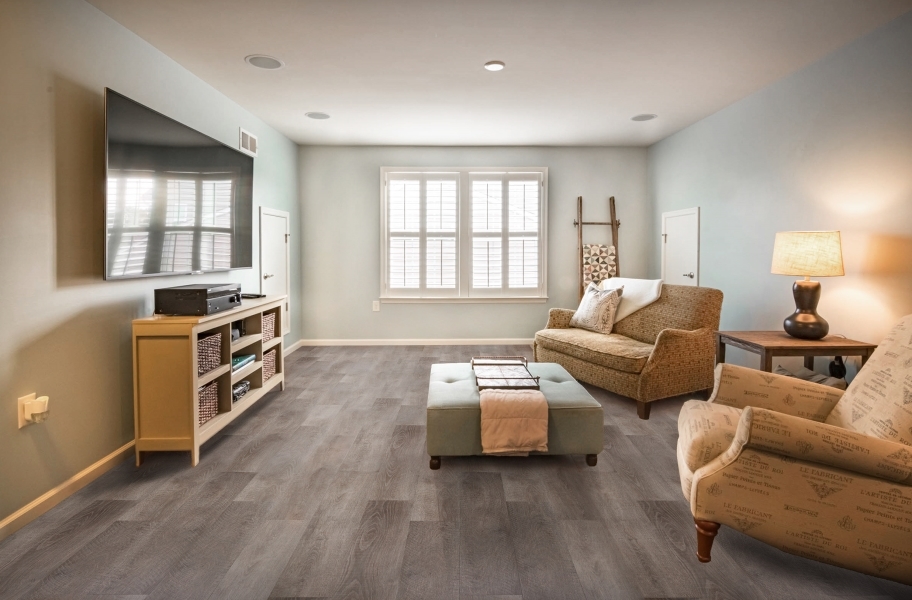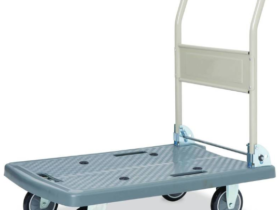If you have recently moved into a new house or are simply thinking about refreshing your current home, one of the main areas of focus is the floor. Although you maybe don’t think about it all the time, your flooring is a hugely important feature. It not only needs to be visually appealing to match your interior design preferences but must also meet various practical requirements. This is why looking for the most practical floor is a personal choice that isn’t as simple as it may seem at first. Here are a few flooring types and how to figure out which one is the most practical for your home.
Hardwood
A popular type of flooring, hardwood is known for its versatility and reliability. Hardwood planks can be installed in a variety of ways to achieve different effects and patterns. They are durable and can look good even after years of wear and tear. You can sand and stain hardwood to take on different tones to suit the aesthetic intention of the space, making it appropriate for almost any style and any room in your home. However, gaps between floorboards and high moisture levels in the air can be a drawback. If improperly cared for, hardwood can warp, crack, or even rot.
Carpet
Although carpet may not be considered suitable for parts of the home where spills are more likely to occur, it is a comfortable and stylish choice for every other room. You can choose the carpet material based on its unique qualities, such as wool, nylon, or polyester. Places such as aflooringboutique.co.uk offer carpets to suit any style and can professionally install carpets in your home. Think about the pile, material, and texture of the carpet in relation to the space. For example, a lush and thick carpet could be an indulgent addition to the bedroom, while a simple, washable carpet could be more practical for a living room or children’s room.
Tiles
Tiles are incredibly practical for protecting against moisture. This is why kitchens and bathrooms often use tiles for flooring. Ceramic, stone, glass, or composite materials make tiles a practical option due to how easy they are to keep clean. However, without underfloor heating, tiles can be cold as well as hard and potentially slippery. The size of the tile also makes a difference since smaller tiles create more gaps where dirt and debris can accumulate.
Vinyl
Vinyl floors are hugely practical in a similar way to hardwood and tiles. The difference is mostly down to the cost since vinyl is a more affordable material. Just like hardwood, vinyl flooring can be used in any room in the home without compromising style or practicality.
Practical flooring can be difficult to find. You will want to have something that enhances and compliments the style of the space while also serving multiple practical purposes. Not every type of floor is able to meet the same standards required for different living spaces, which is why it is important to take your time and research which flooring suits your home best.










